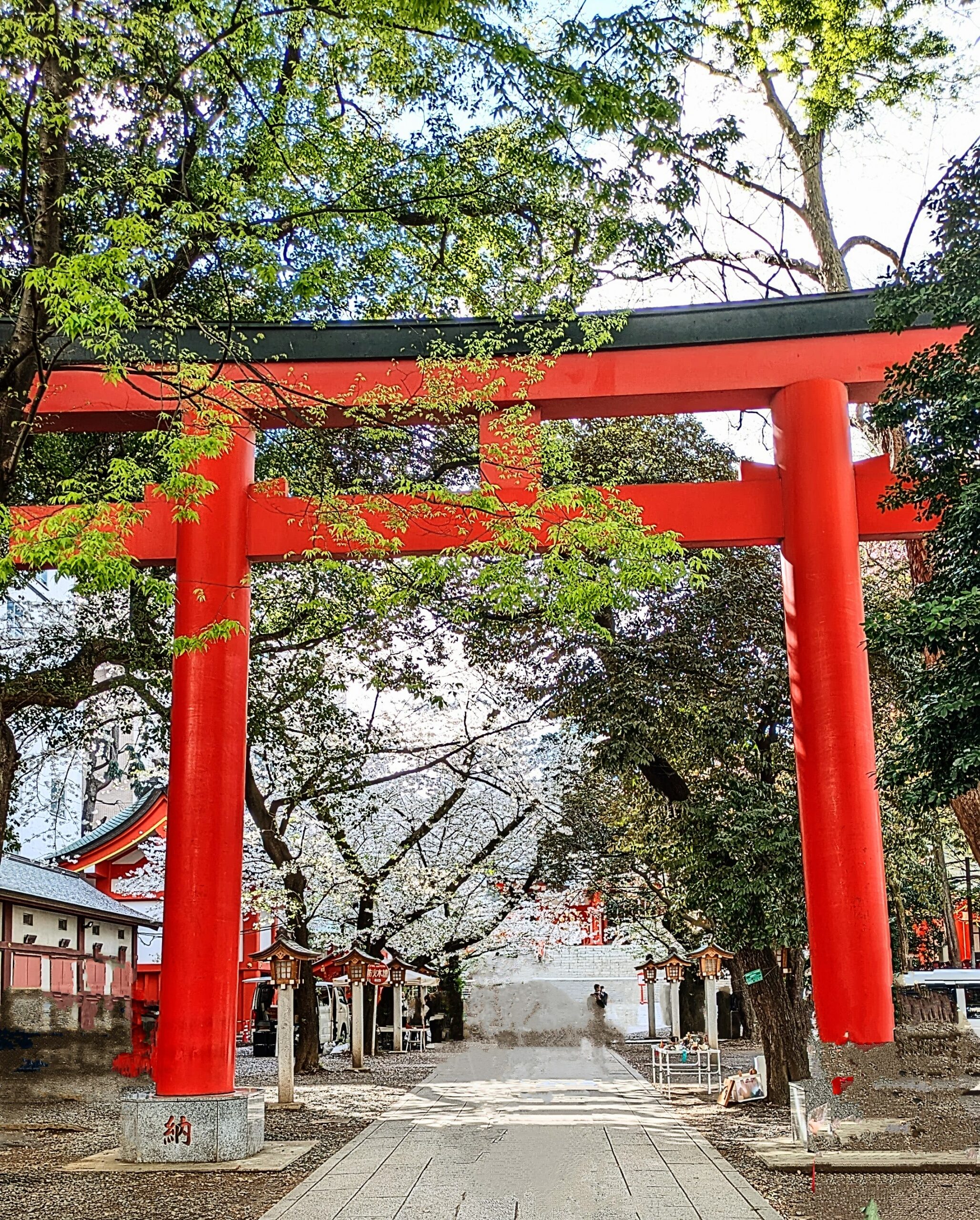Sakura is More Than Just a Flower
- Spring in Tokyo Whispers the Emotional Story of the Japanese Soul
- For the Japanese, Sakura Is Not a Landscape—It’s Memory
- Hanami: Not Just a Party, But a Personal Ritual
- Famous Sakura Spots Are Just the Beginning
- The Best Time for Sakura Is Not What You Think
- Yozakura: Nighttime Blossoms and the City’s Quiet Melancholy
- Eat the Season: Sakura Flavors in Spring
- Sakura Is Beautiful Because It Doesn’t Last
- Tokyo’s Must-See and Hidden Sakura Spots
- To the Traveler: Don’t Just See the Blossoms—Feel Them
Spring in Tokyo Whispers the Emotional Story of the Japanese Soul
Spring in Tokyo doesn’t begin with fanfare. It arrives quietly, in moments. On a late March morning, as winter’s crisp breath still lingers in the air, someone glances up while crossing the street. There it is—a single, pale pink blossom blooming above a train line. Soft light filters through the branches. It doesn’t announce itself. It simply appears.
That’s how spring begins in Japan.
For the Japanese, Sakura Is Not a Landscape—It’s Memory
Sakura is not just scenery. It’s a container for memory, a seasonal vault for emotions. Graduations, new school years, first jobs, farewells, reunions—all take place beneath the cherry blossoms. Even those who haven’t seen each other in years recall the exact shade of pink that framed their last goodbye.
When Japanese people look at cherry blossoms, they often fall silent. Some smile and say, “Aren’t they beautiful?” Others mutter, “It’s that time again.” Beneath a full bloom, hearts soften. It’s as if the body instinctively knows: something is ending, and something else is beginning.
Hanami: Not Just a Party, But a Personal Ritual
“Hanami,” or cherry blossom viewing, is a uniquely Japanese tradition. It ranges from lively office parties on blue tarps to quiet dates between couples. Families gather under the trees with homemade bentos. Parks are filled with the smell of fried food and the sound of laughter.
But not all Japanese enjoy the festival side of hanami. Many prefer the quiet. A man sipping canned coffee alone in a park at sunrise. A woman walking slowly beneath the trees before the city wakes. For some, hanami is not about seeing. It’s about feeling.
Famous Sakura Spots Are Just the Beginning
Japan is full of cherry blossom “hotspots.” Meguro River in Tokyo, the Philosopher’s Path in Kyoto, Hirosaki Castle in Aomori. These places are stunning—and crowded. The blooms here are like celebrities. Cameras click. Crowds shuffle.
But the most meaningful blossoms aren’t always on postcards. They’re found in quiet neighborhoods: a lone tree by a local school, a few petals on a riverside path behind an apartment complex, a forgotten park near a suburban station. These are the blossoms of everyday life, and they mean more than any perfectly timed photo ever could.
The Best Time for Sakura Is Not What You Think
Guidebooks rarely mention it, but Japanese people often find the cherry blossoms most beautiful in the early morning. Before the city fully wakes, a lone walker may pause under a blooming tree, surrounded by birdsong and the faint sound of falling petals. It’s not a spectacle. It’s an experience.
Silence and transience—those are the keys to understanding the Japanese relationship with sakura.
Yozakura: Nighttime Blossoms and the City’s Quiet Melancholy
At night, sakura takes on another face. In cities like Tokyo, cherry trees glow under neon lights and streetlamps. The contrast is surreal—branches heavy with blossoms beside the steel and glass of skyscrapers.
In places like Midtown Roppongi, Chidorigafuchi, or the alleyways of Ginza, you’ll find an urban type of sakura viewing. It’s less about nature, more about atmosphere. Loneliness and fantasy coexist in the petals lit by the city’s glow.
Eat the Season: Sakura Flavors in Spring
From late March through April, cafés and convenience stores across Japan roll out a parade of sakura-flavored treats. Sakura lattes, sakura mochi, pink anpan, seasonal donuts—they fill the shelves with pastel dreams and floral notes.
But don’t be fooled—these aren’t year-round staples. Japanese people don’t drink sakura lattes every day. These are limited-time indulgences, meant to taste the season. The nostalgia and softness in a single sip isn’t about the flavor itself. It’s about the moment it represents.
Sakura Is Beautiful Because It Doesn’t Last
In Japanese, there’s a word: “hakanai”—fragile, fleeting. Sakura is a living expression of that word. The full bloom lasts only a few days. Then, one strong wind scatters the petals like snow.
This is why the cherry blossom is not only beautiful—it’s profound. It teaches that life is brief, that beauty lies in impermanence. Japanese people don’t just admire the blossoms. They grieve them, just a little, as they fall.
Tokyo’s Must-See and Hidden Sakura Spots
- Meguro River (Nakameguro): Famous for its tunnel of cherry blossoms and romantic night lights.
- Chidorigafuchi (Kudanshita): Paddleboats under petal showers by the Imperial Palace moats.
- Ueno Park: Loud, lively, and full of hanami energy.
- Inokashira Park (Kichijoji): Paddleboats, cafes, and a local vibe.
- Kinuta Park (Setagaya): Spacious and perfect for family picnics.
- Zempukuji River Green Path (Suginami): Serene cherry blossom strolls in a quiet suburb.
- Rikugien Garden (Komagome): A refined viewing experience with weeping sakura.
- Asukayama Park (Oji): Locals, kids, and retro charm with tram cars nearby.
To the Traveler: Don’t Just See the Blossoms—Feel Them
If you’re in Tokyo this spring, don’t stop at the famous spots. Wander into quiet neighborhoods. Let yourself stumble upon a single tree blooming near a school or a forgotten river path.
Stand there. Look up. And allow the moment to speak to something in your own memory. That’s why Japanese people wait for the cherry blossoms—not just to see them, but to feel something deeper within themselves.



コメント